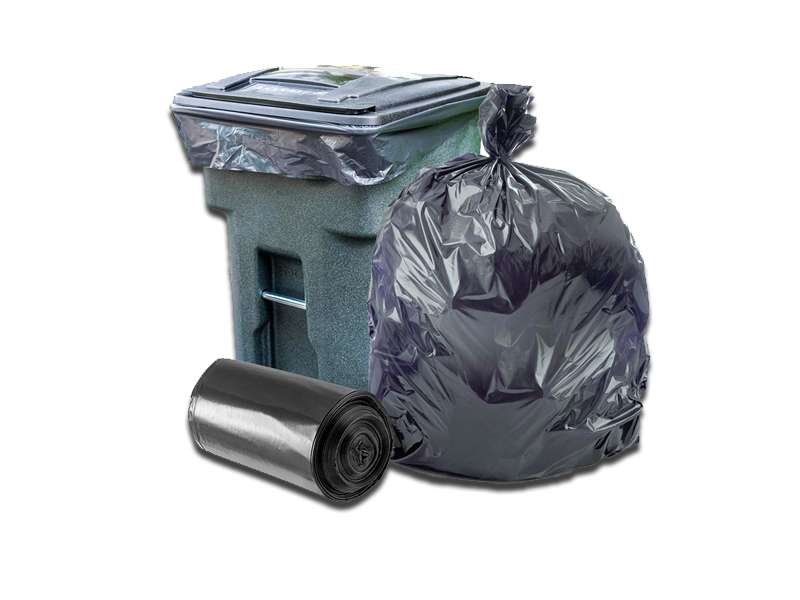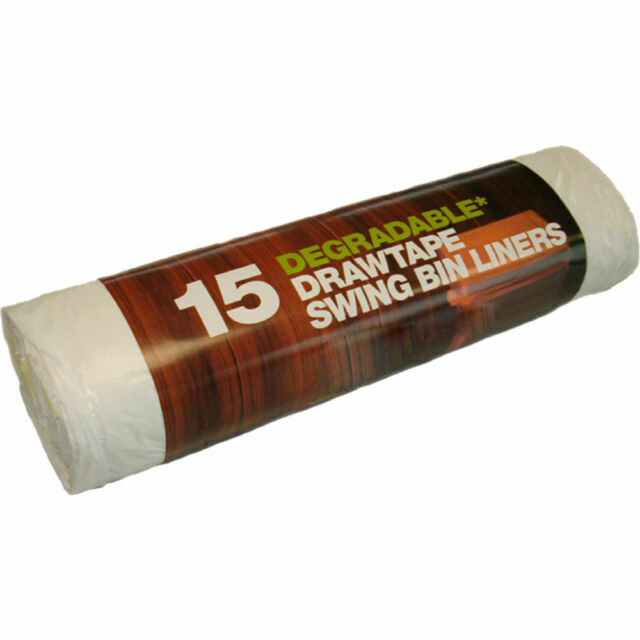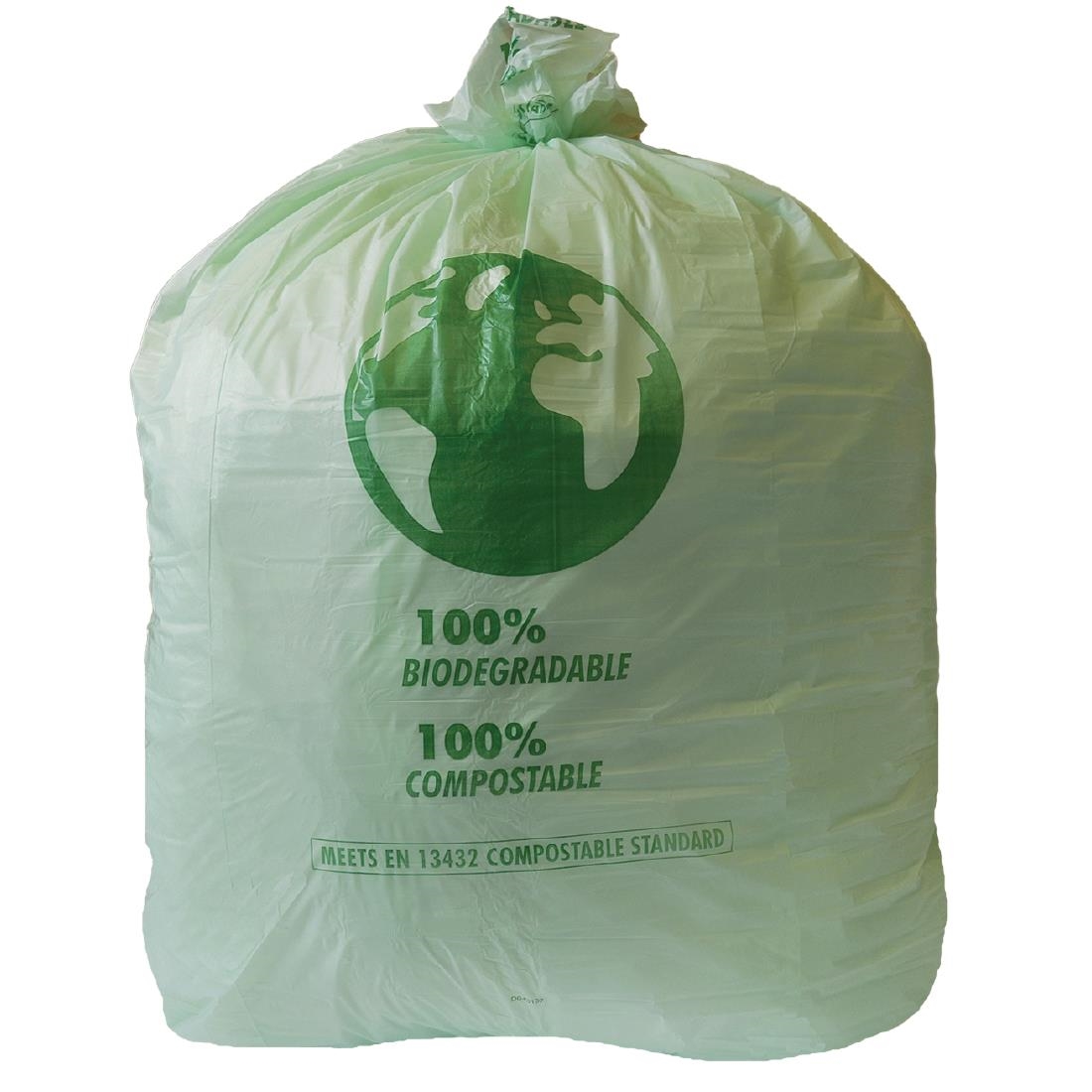No products in the cart.
Uncategorized
Distinguish The Sustainability of Different Bin Liners
Traditional plastic bin liners:
The traditional plastic bin liner is commonly used. This kind of bin liners is both durable and cost effective. But they are alleged to be an environment disaster. Because plastic bin liners are made from petroleum or natural gas, both are non-renewable resources, and they can take from fifteen to a thousand years to degrade.

Degradable bin liners:
The adjective “degradable” sometimes makes people confused, because there is no specified timeframe for a degradable bin liner to be degraded. The fact is all plastics could technically be defined as degradable, because they all break down eventually. If bin liners/ trash bags manufacturers confirm that their products are degradable, it means the additives are added to make the bin liner break down faster in certain conditions. But its worth for you to remember that the process only transforms a whole big bag into thousands of tiny sized pieces of plastic.
Those pieces of plastic are hard to contain in landfill and may cause negative impact on marine life and other animals. Because they are easily ingested by microorganisms and make their way up the food chain, ending up in animals and even humans.

Plant-based bin liners:
Some people opt for plant based plastic bin liners as an environmentally friendly alternative to classic plastic. These bin liners replace non-renewable petroleum with biomass like corn or sugarcane, as a result reduce harm to the environment.
Plant-based bin liners can be categorized into 2 types – non-biodegradable and biodegradable bin liners:
Non-biodegradable plant-based bin liners are produced in the same fashion as traditional plastic bin liners, and are intended to replicate. Plants are added and manipulated to give the plastic long shelf life. The final product cannot be easily digested by living organisms. This makes them fit for the recycle bin but not for the compost.
Biodegradable bin liners:
Biodegradable bin liners are able to decay naturally by being attacked and digested by living organisms in the early stages of the degradation process. This means that they complete the natural cycle – they are produced and assimilate smoothly back into nature. So, it helps to limit the amount of harmful chemicals released into the environment.
Bin liners which called “Biodegradable” have to meet Certification standards to ensure that they have ability to fully biodegrade within a specific timeframe. When you want to buy biodegradable bin liners, make sure that the products have a certain reliable certificate, such as Australian Standard AS 4736 or European Standard EN 13432.

There are two categories of biodegradable bin liners: commercially compostable and home compostable:
Commercially compostable bin liners:
This kind of biodegradable bin liners require some specific conditions to decompose, such as: oxygen, 60-degree temperatures and a perfect heat/moisture ratio found at a commercial composting site. So, they are called commercially compostable liners and should only be used if your waste is going to a commercial composting site.
Home compostable bin liners:
Home compostable bin liners is the most environmentally-friendly waste packaging. They can be broken down in your backyard compost bin. To be sure about the quality of products, you need to check the liners refer to a certification standard for home compost though, such as The OK compost HOME, that certified by TÜV AUSTRIA.
So, we should use home compostable bin liners for all waste streams? Not exactly. Because, Landfills are very dark, non-oxygenated places, meaning they usually do not offer right conditions for compostable bin liners to biodegrade properly. Over time, compostables in landfill produce methane which can be much more harmful to the environment than CO2 itself.
So, If you do your research, make sure bin liner classifications are backed up by reliable certification standards, and discuss options with your contractors, you’ll be on track towards your sustainability goals!
